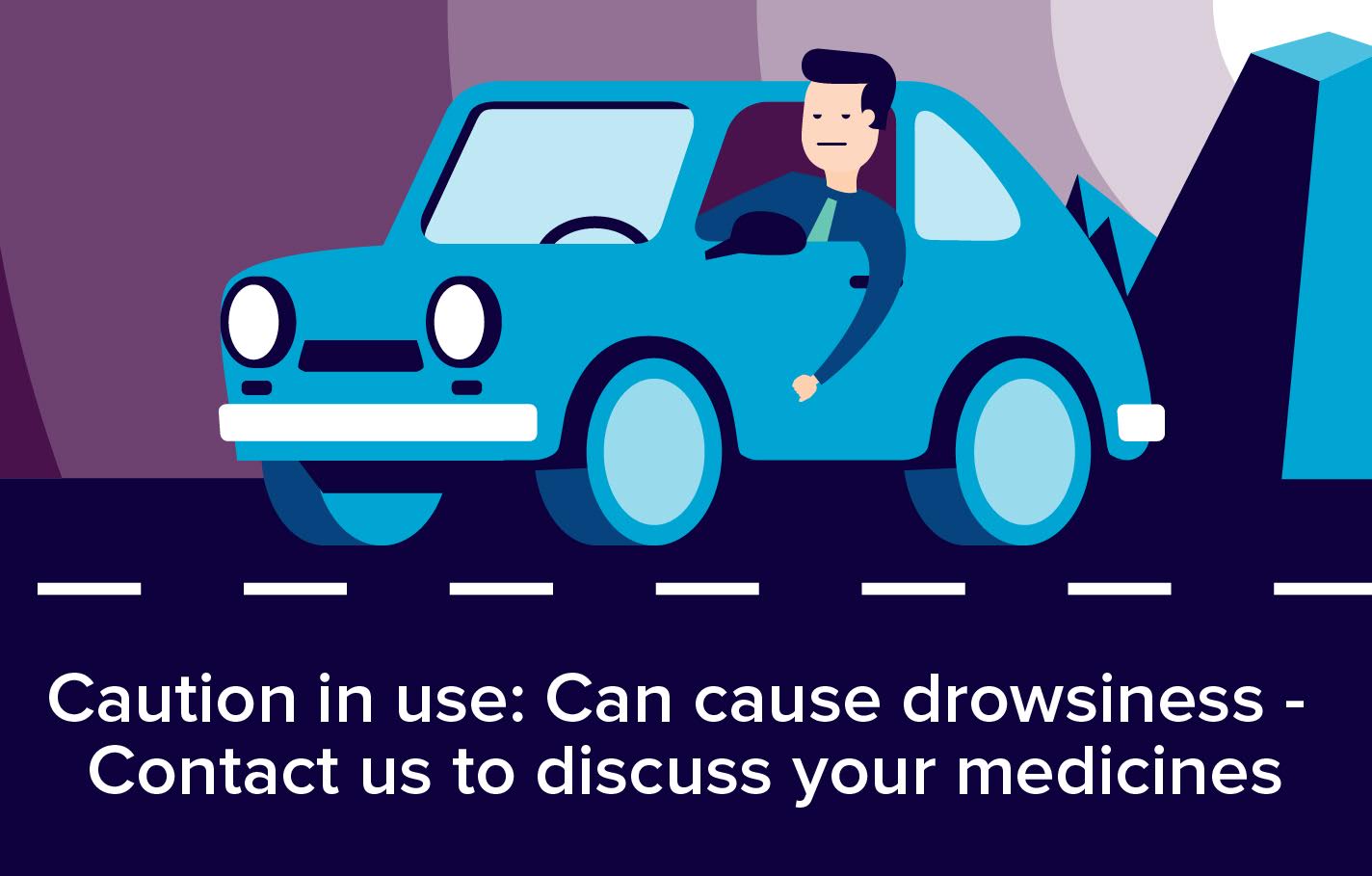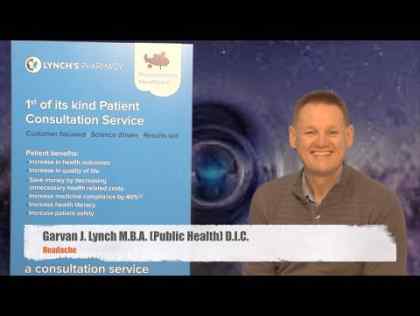Paramol tablets contain two active ingredients, paracetamol and dihydrocodeine, also known as co-dydramol.

What is Paramol used for?
Short-term (up to three days) treatment of acute, moderate pain, such as headache, migraine, period pain, toothache, back pain, muscular and joint pains and nerve pain (neuralgia). Paramol should only be used if the pain has not been relieved by paracetamol, ibuprofen or aspirin alone.
How does Paramol work?
The painkillers in Paramol tablets work in two different ways.
- Paracetamol is thought to work by reducing the production of prostaglandins in the brain and spinal cord. The body produces prostaglandins in response to injury and certain diseases. One of their effects is to sensitise nerve endings, causing pain (presumably to prevent us from causing further harm to the area). As paracetamol reduces the production of these nerve sensitising prostaglandins it is thought it may increase our pain threshold, so that although the cause of the pain remains, we don't feel it as much.
- Dihydrocodeine is a slightly stronger painkiller known as an opioid. Opioid painkillers work by mimicking the action of natural pain-reducing chemicals called endorphins that are produced in the brain and spinal cord. Codeine acts on the same opioid receptors as natural endorphins and this blocks the transmission of pain signals sent by the nerves to the brain. This means that even though the cause of the pain may remain, less pain is actually felt.
Paramol tablets contain 7.46mg of dihydrocodeine, which in combination with the paracetamol, is effective at relieving mild to moderate pain.
How do I take Paramol?
- Paramol tablets should preferably be taken with or after food. The soluble tablets should be dissolved in a glass of water before taking.
- Adults and adolescents aged 12 years and over should take one or two tablets every four to six hours as required. Do not take more than eight tablets in 24 hours.
- Do not take more than the recommended dose.
- Do not take this medicine for longer than three days without consulting your doctor. Taking dihydrocodeine regularly for more than three days can lead to addiction to the medicine and withdrawal symptoms when you stop taking it.
- Consult your doctor if your pain doesn't improve despite taking this medicine.
Side effects
Medicines and their possible side effects can affect individual people in different ways. The following are some of the side effects that are known to be associated with co-dydramol. Just because a side effect is stated here, it does not mean that all people using Paramol will experience that or any side effect.
- Constipation.
- Nausea and vomiting.
- Dry mouth.
- Dihydrocodeine can cause drowsiness, although at the dose in Paramol this is unlikely.
- Headache.
- Dizziness.
- Blurred vision.
- Confusion.
- Difficulty passing urine.
- Shortness of breath.
- Skin rashes.
- Sweating.
- Dependence on the medicine if used regularly or for long periods of time.
Can I take Paramol while pregnant or breastfeeding?
- Get medical advice from your doctor before taking Paramol if you are pregnant. Paracetamol is not known to be harmful when used during pregnancy. However, the safety of dihydrocodeine has not been fully established. If dihydrocodeine is used regularly in the third trimester it may cause withdrawal symptoms in the baby after birth. If used during labour it may cause breathing difficulties in the baby after birth. Paramol should be avoided during pregnancy and the late stages of labour, unless considered essential by your doctor, and then only if the expected benefit to the mother outweighs any potential risk to the baby.
- Get medical advice from your doctor before taking Paramol if you are breastfeeding. Small amounts of paracetamol and dihydrocodeine may pass into breast milk. Paramol should only be used if the potential benefits to the mother outweigh any possible risks of dihydrocodeine on the nursing infant. Dihydrocodeine can potentially cause problems in the nursing baby, such as breathing or feeding problems. If used during breastfeeding the nursing infant may need to be monitored.
Can I take Paramol with other medicines?
If you are already taking any medicines, including those bought without a prescription and herbal medicines, it is important to check with your doctor or pharmacist before you take Paramol as well, to make sure that the combination is safe.
You should not take other medicines that contain paracetamol in combination with Paramol, as this can easily result in exceeding the maximum recommended daily dose of paracetamol. Many cold and flu remedies and over-the-counter painkillers contain paracetamol, so be sure to check the ingredients of any other medicines before taking them with this one.
Ask your doctor or pharmacist for advice before taking Paramol if you have taken a monoamine oxidase inhibitor (MAOI), for example the antidepressants phenelzine, tranylcypromine, isocarboxacid or moclobemide, in the last 14 days.
The low dose of dihydrocodeine in Paramol is unlikely to cause drowsiness, but this is more likely if you take it with any of the following, which can also cause drowsiness:
- antipsychotics, eg haloperidol, chlorpromazine
- barbiturates, eg phenobarbital, amobarbital
- benzodiazepines, eg diazepam, temazepam
- other opioids, eg morphine, codeine
- sedating antihistamines, eg chlorphenamine, hydroxyzine
- sleeping tablets, eg zopiclone
- tricyclic antidepressants, eg amitriptyline.
Cholestyramine reduces the absorption of paracetamol from the gut. Don't take it within an hour of taking Paramol or the effect of the paracetamol will be reduced.
Who should not take Paramol?
- Children under 12 years of age.
- People with very slow, shallow breathing (respiratory depression).
- People having an asthma attack.
- People with chronic obstructive airways disease.
- People with a head injury or raised pressure inside the skull (raised intracranial pressure).
- People who have or who are at risk of getting a blockage in the gut (paralytic ileus).
- Paramol tablets should not be used if you are allergic to any of their ingredients. If you feel you have experienced an allergic reaction, stop taking Paramol and inform your doctor or pharmacist immediately.
If you have any more questions please ask your Pharmacist.
Remember to keep all medicines out of reach of children
Please Note: We have made every effort to ensure that the content of this information sheet is correct at time of publish, but remember that information about drugs may change. This sheet does not list all the uses and side-effects associated with this drug. For full details please see the drug information leaflet which comes with your medicine. Your doctor will assess your medical circumstances and draw your attention to any information or side-effects which may be relevant in your particular case.
References:
http://patient.info/medicine/dihydrocodeine-for-pain-relief-df118-forte-dhc-continus
http://www.netdoctor.co.uk/medicines/aches-and-pains/a8035/paramol-paracetamol-dihydrocodeine/
http://www.hpra.ie/img/uploaded/swedocuments/2128820.PA1329_006_001.8bace2e0-1457-4e49-bfb8-2e9dc3d76672.000001Product%20Leaflet%20Approved.131017.pdf
https://www.medicines.org.uk/emc/medicine/4482
http://www.drugs.com/uk/paramol-tablets-spc-2865.html


